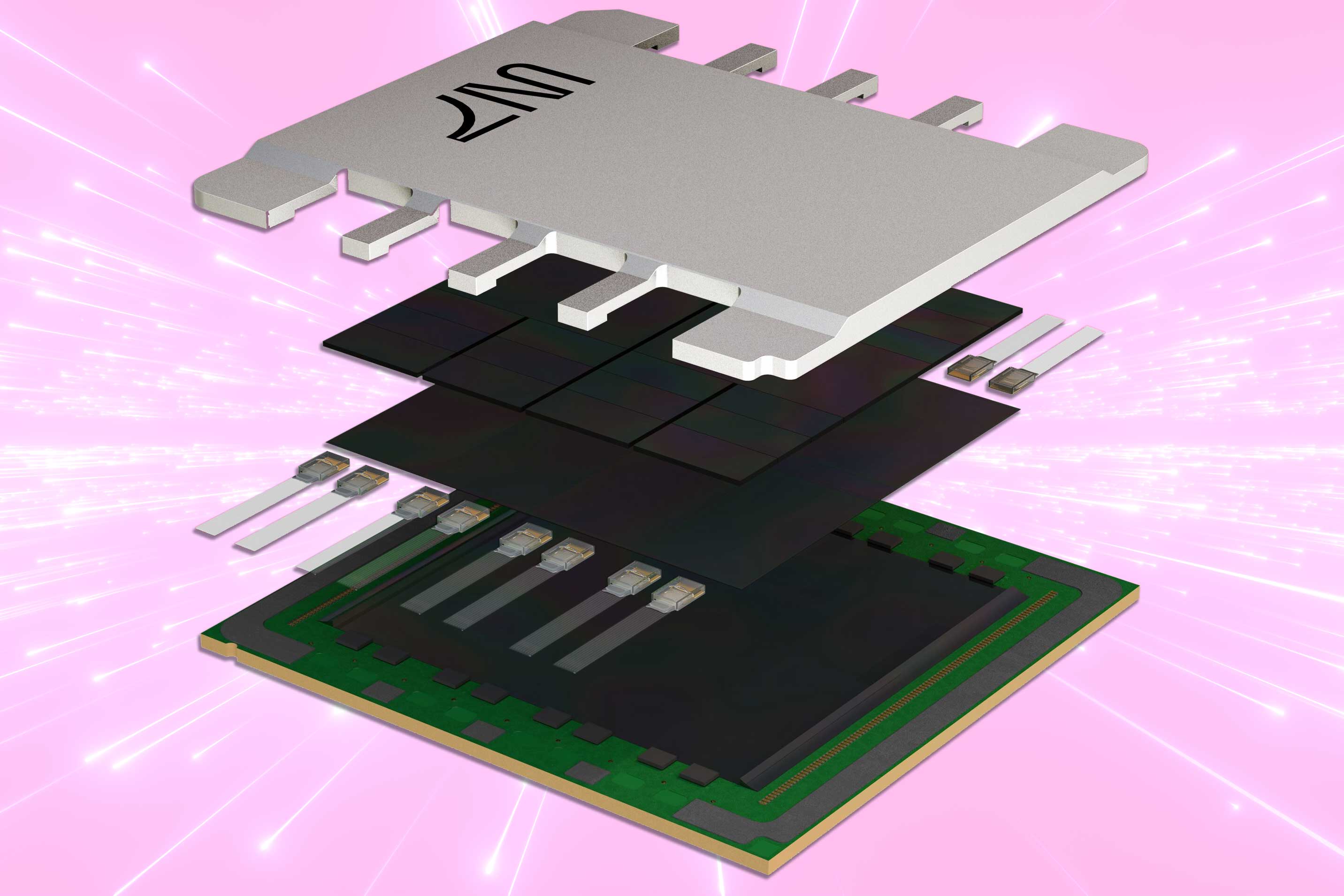Research conducted at the Paul Scherrer Institute, employing the Swiss Light Supply, has aided get to a crucial turning place in innovating computer know-how.
Considering that the first transistor was invented in 1947, silicon has been a important staple in personal computer technologies. Scientists have usually imagined that this silicon era would conclude, but this has so significantly been erroneous. Personal computer technological innovation comprised of silicon continues to acquire at a rapid tempo, with IT huge IBM a short while ago asserting the initially microprocessor with a transistor of only two nanometres.
At the identical time, new thoughts are having condition that could revolutionise pc technologies. Researchers at the Paul Scherrer Institute, led by Milan Radovic, are functioning in this field, and have introduced their reducing-edge exploration into transparent oxides.
The study, ‘Reduced-dimensional electronic state at the surface area of a clear conductive oxide,’ is posted in Communications Physics, and has the prospective to open up huge prospective customers for laptop know-how.
Applying new products to innovate computer technological know-how
The study group is established to progress microchip technological know-how by doing the job with transition metal oxides (TMOs) rather of regular silicon. TMOs have rewards these as large-temperature superconductivity, colossal magnetoresistance, steel-insulator transition, which guarantee great developments for the chip engineering of the long term.
Particularly, the researchers centered on barium tin oxide (BaSnO3), a substance that brings together optical transparency with higher electrical conductivity. For some time, researchers have been trying to elicit semiconductor-like attributes from transition metals and clear oxides like BaSnO3. This is due to the fact they supply groundbreaking advantages for optoelectronic factors in contrast to silicon. For illustration, these transparent, conductive perovskite oxides can generate switching features with directly linked electrical and optical houses. It could then be achievable to generate transistors that can be switched with light.
Know-how of interfaces is vital
Microchips are built from a combination of unique substances, getting bodily homes that vary on the surface in comparison with their interior. To comprehend their functionality, consequently, experts should have knowledge about what comes about in the slender adjacent layers – the interfaces.
Exclusive phases can come about at the interfaces of supplies, with the group detailing several innovations in the comprehending of the surface-condition electronic homes of BaSnO3.
The scientists utilised angle-fixed photoemission spectroscopy at the beamline of the Swiss Gentle Source to “discover the two-dimensional digital point out of BaSnO3, which opens up new prospects for this course of supplies,” stated Eduardo Guedes, co-creator of the study.
Now, the workforce aims to explore which other elements exhibit similar houses, to assist innovate pc technological know-how for the foreseeable future, and to generate likely candidates for the optical microchips of the future.
But silicon is significantly from being an outdated technology, Radovic stressed. It is in simple fact really produced and economical. “However, personal computer know-how primarily based on transition metallic oxides is significantly much more effective and multipurpose – its time will occur.”






